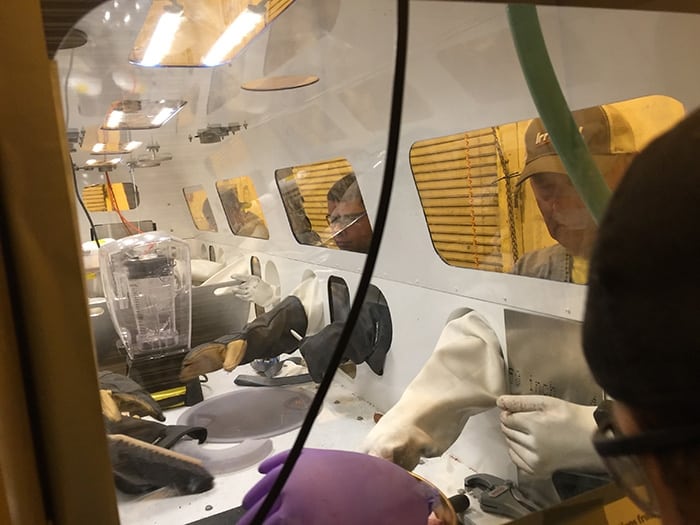
ARLINGTON, VA —Planned plutonium pit production for nuclear defense purposes at two Department of Energy sites depends on the ability to dispose of resulting transuranic waste, a National Nuclear Security Administration executive said here Wednesday.
“A single…